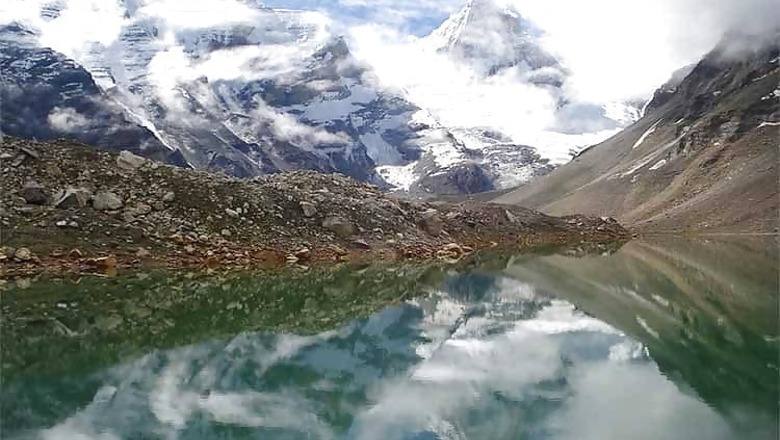
views
Glaciers move on the weight of their own dense ice, accumulated over hundreds of years, with a really slow pace. Although glaciers take up only 10 % of the Earth space yet ¾ of the world’s fresh water supply comes from these. Here are 8 glaciers to explore:
Gangotri Glacier (India): Responsible for mainly sourcing water in Ganges, this glacier that terminates at a place that looks like cow’s mouth and hence called Gomukh, is one of the largest glaciers in the Himalayan range. Unfortunately the glacier has been receding at a fast rate of 25 meters per year since 1999.
Fox Glacier and Franz Josef Glacier (New Zealand): Did you know that the Fox Glacier was named after Sir William Fox (the PM of New Zealand in 1872)? This glacier also has a twin, called the Franz Josef Glacier (named after Emperor Franz Joseph I of Austria), from whose terminal the Waiho-river emerges.
Perito Moreno Glacier (Argentina): The Moreno glacier, whose fresh water reserve is third largest in the world, got named after Francisco Moreno, an explorer who studied the area in 19th century.
Margerie Glacier, Glacier Bay (Alaska): Alaska is said to have around 1,00,000 glaciers and one of them is the Margerie glacier. It is a tidewater glacier that can be approached only via water and air routes. It was named after Emmanuel de Margerie (a French geographer and geologist).
Furtwangler Glacier, Mount Kilimanjaro (Tanzania): This glacier is on the verge of extinction and according to researches and the speed at which it is receding it is estimated that most of it will disappear by 2040 and by 2060 no ice body would be left.
Vatnajokull Glacier (Iceland): Often called as the Vatna Glacier has almost ice-capped Iceland, but the interesting fact is that beneath the ice cap lie several volcanoes.
Pasterze Glacier (Austria): This mountain glacier that happens to be the longest one in Australia has been receding since many years at the rate of 10 m each year.
Jostedalsbreen Glacier (Norway): It is the high snowfall rates that have been instrumental in maintaining this glacier (with 50 glacier arms) and strangely not the cold temperatures.



















Comments
0 comment